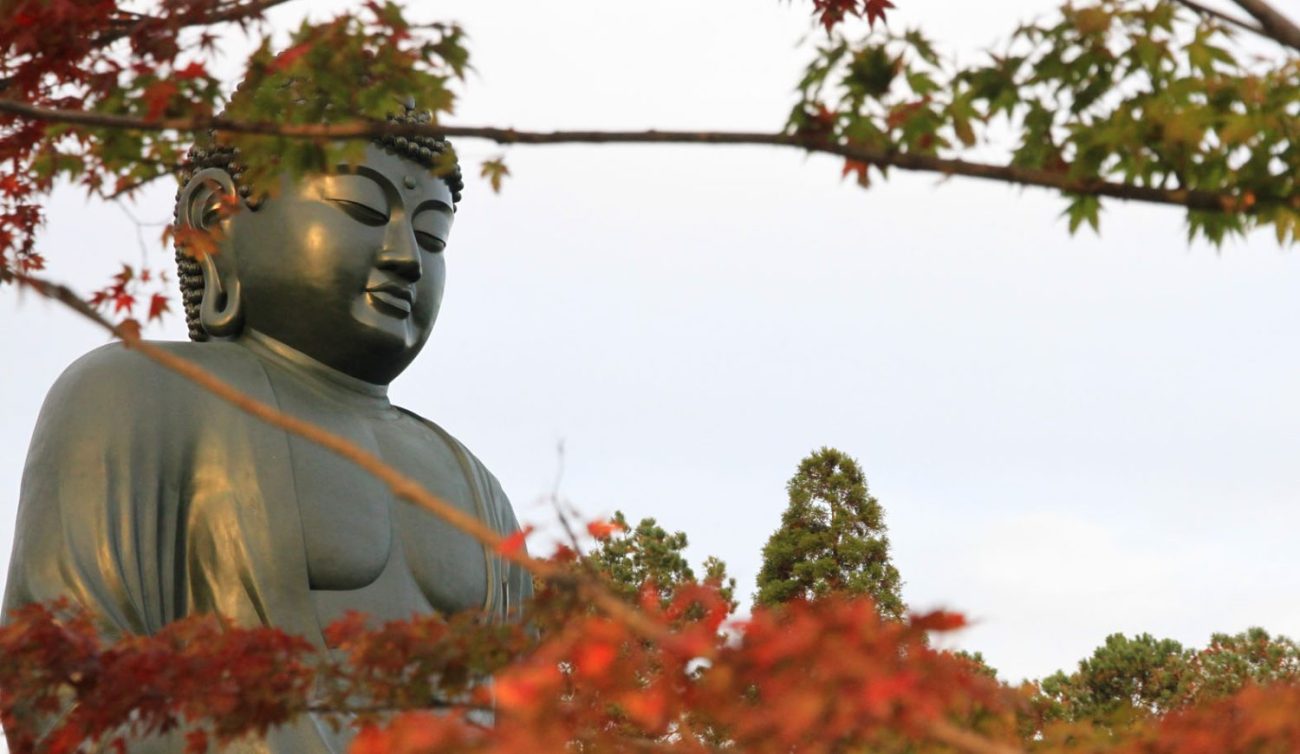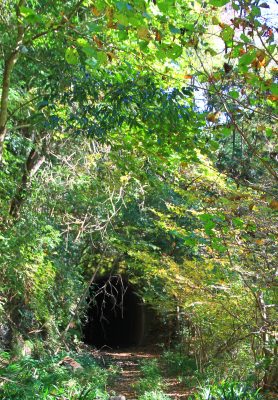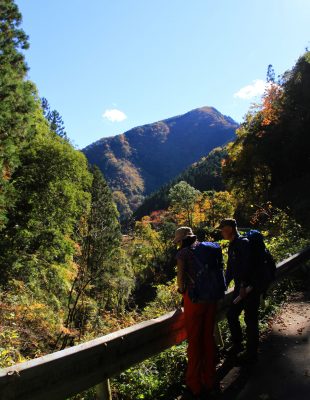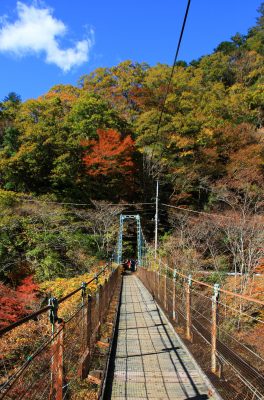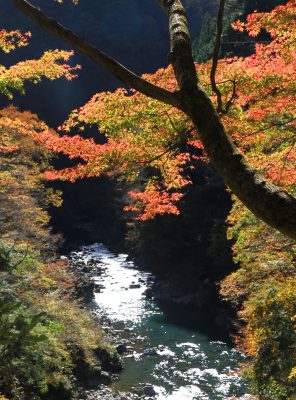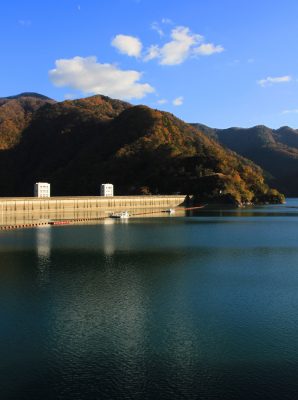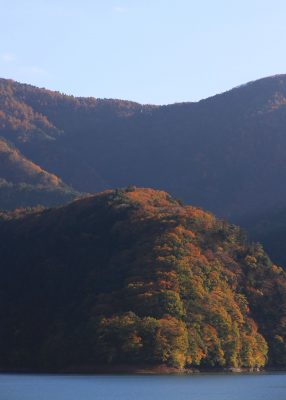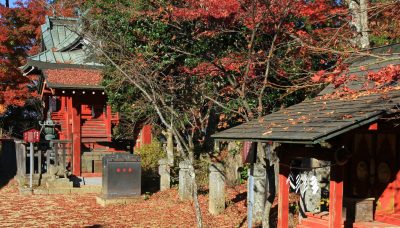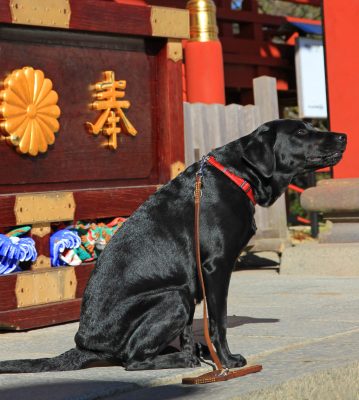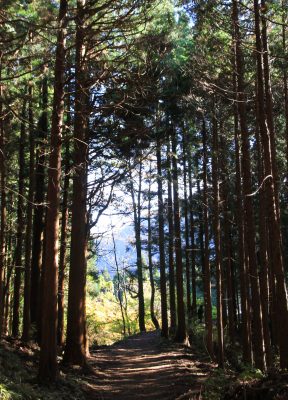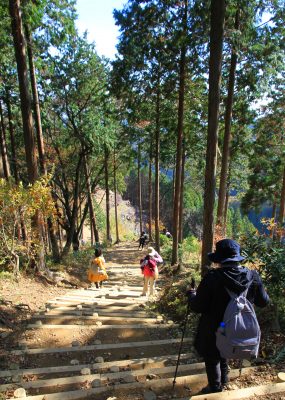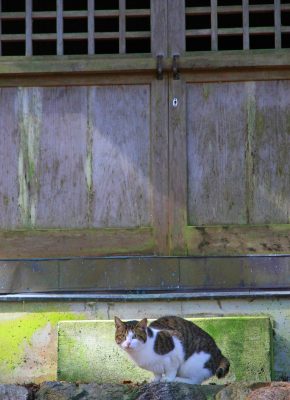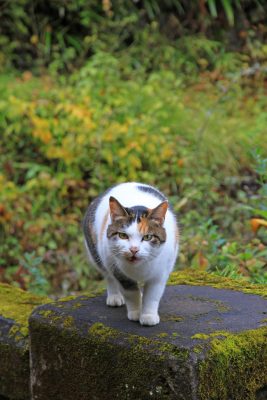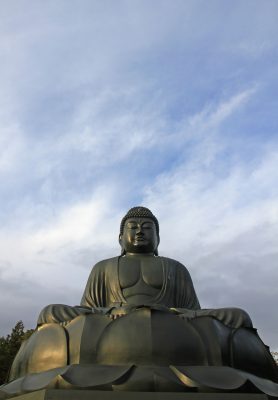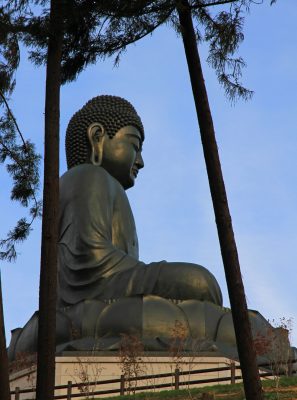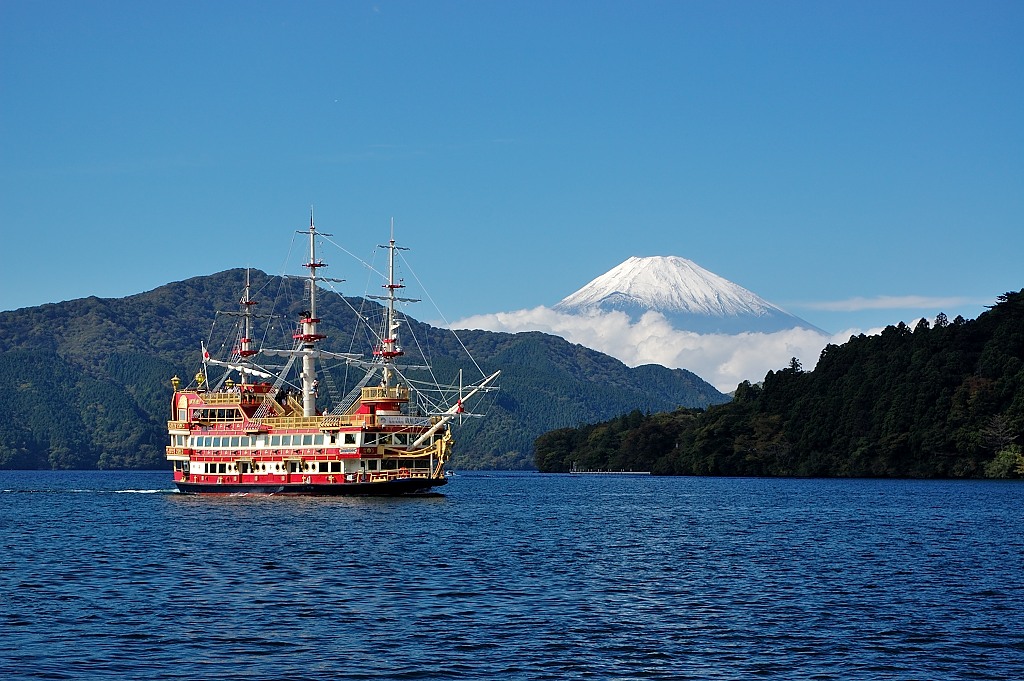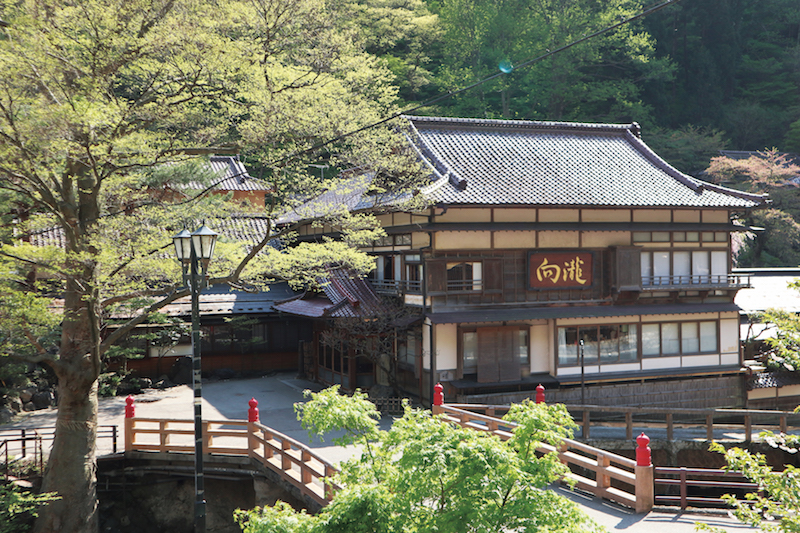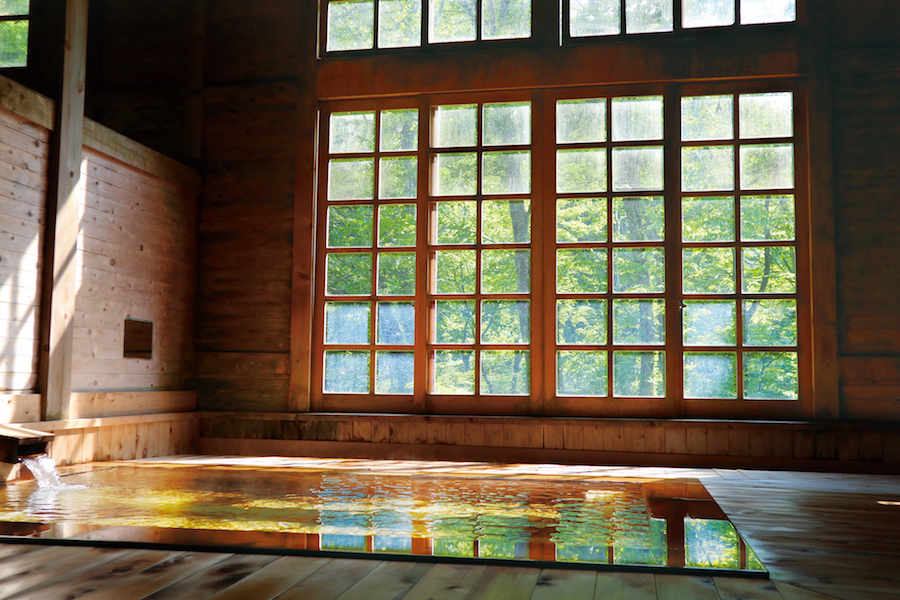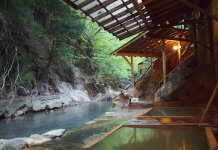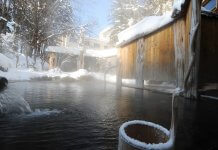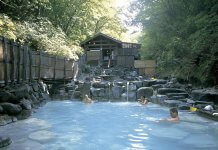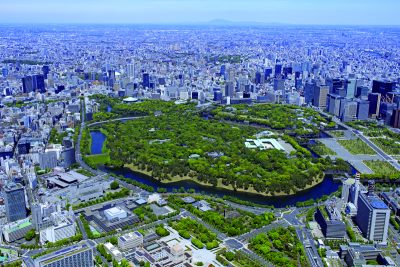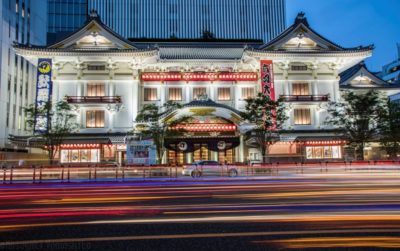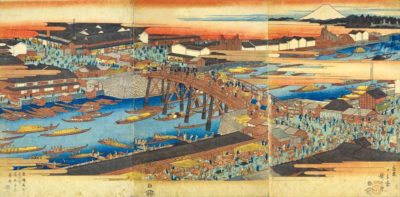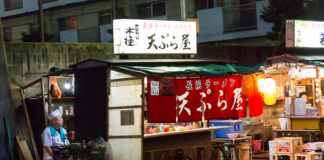Forests in Tokyo? Impossible – you might think, but it’s very possible. Two hours west of Shinjuku, lies the Nishitama area, part of greater Tokyo. Now, to many Tokyo residents, Nishitama is nothing special. It is simply the name for an area in the mountains west of Tokyo; a place that many know, but few actually venture into and explore. Yet nothing could be further from the truth. Inside Nishitama are Okutama, Mitake, Hinode – an oasis with an abundance of natural beauty, mountain forests, peaceful shrines and walking trails, it makes for an easily accessible day trip from Tokyo.
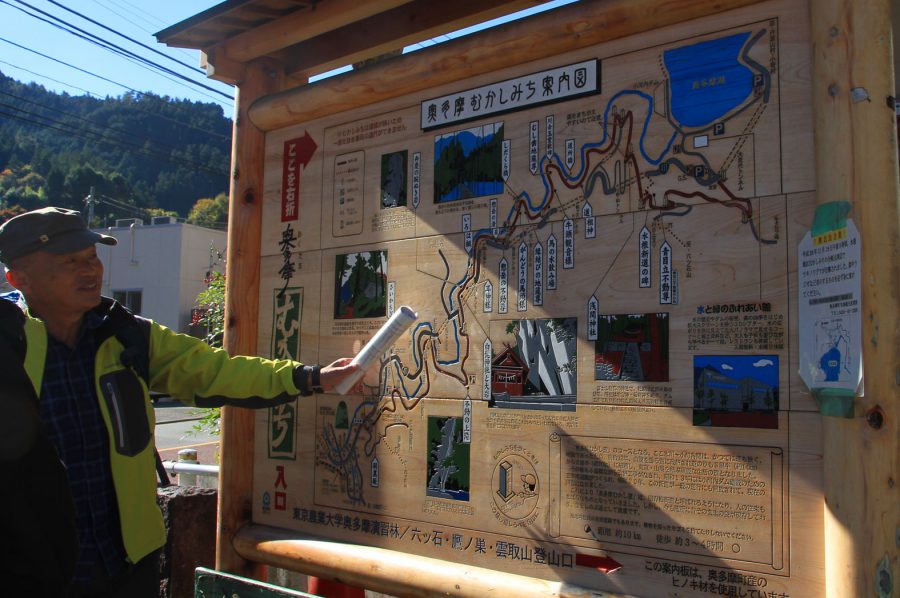
Okutama Tokyo Guide: The Okutama Mukashi-Michi Trail
Most adventures into Okutama start from either Okutama or Mitake JR stations. With quick entry into the forests, both stations are convenient starting points. However, to access the lovely Okutama Lake and Okutama Mukashi-Michi trail, Okutama JR Station is the best choice. Please note there are no shops on the trail, so stock up at one of the two local convenience stores near the station.
The Okutama Mukashi Michi is a lovely 9km track leading into the forest. Its route passes numerous riverways, rope bridges, moss-filled shrines, and natural wonders. The path is marked and manageable, however, a bit of fitness is required. Having said this, you can complete this trail without the need of special hiking equipment – just a good pair of shoes and some energy for the uphill climbs.
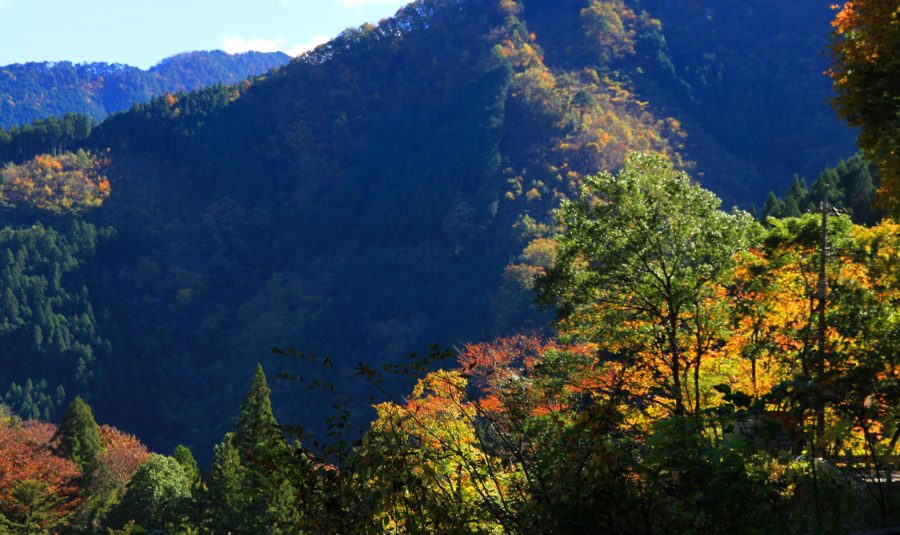
Okutama Tokyo Guide: Natural Beauty
Starting from the station, a large wooden map clearly explains the path. Walking towards the Okuhikawa shrine and Fudo-no-uetaki Waterfall, you first pass a series of abandoned rail tracks and tunnels hidden within the thicket. The tracks and tunnel are from the now-abandoned Hikawa Railway Line, which was used to connect Okutama to Okutama Lake during the construction of the Ogouchi Dam.
There are also a series of rest houses and storage places on the path. Unfortunately, these are now abandoned too but, their remains remind us of the work that went into creating the pathway and the once-bustling route used during the construction of the dam. An interesting fact – the current dam supplies about 25% of Tokyo’s water needs.
The precipice down to the water is photo-worthy, as are the many small markers and shrines that dot the old road, leading to the Fudo No Uetaki Falls.
Okutama Tokyo Guide: Natural Power Spots
While there are several mountain style shrines on the way, the Shirahige Shrine, situated underneath a slate rock, is the most interesting to stop at. The rock surface is a product of a geological fault line, and the shrine is said to be one of the power spots in the mountain. The walkway to the shrine is amazing and, in the evening, even a little eerie.
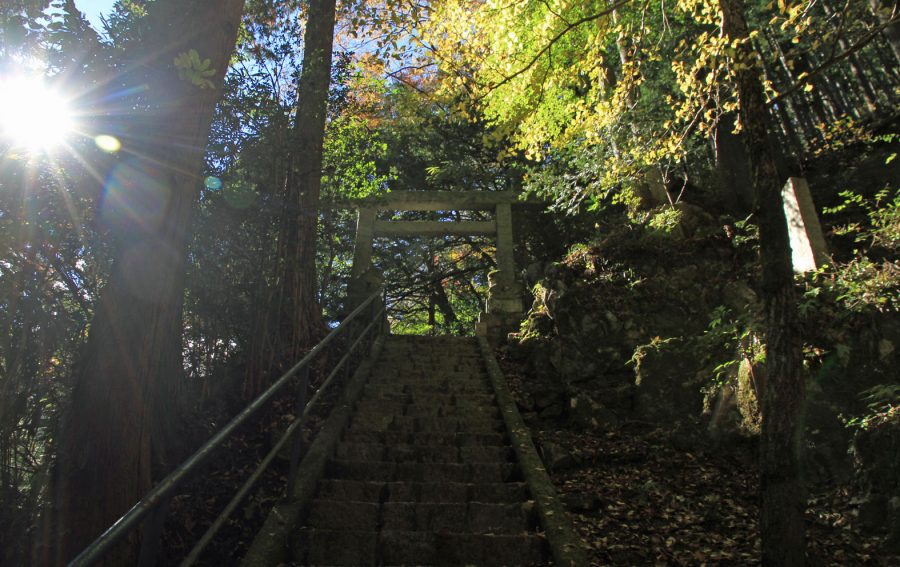
The colors, especially during the autumn months, are stunning. Most of the trees in this area are planted cedar and maple, however, there is still some wild vegetation, which makes for a lovely contrast to the ordered plantation forests.
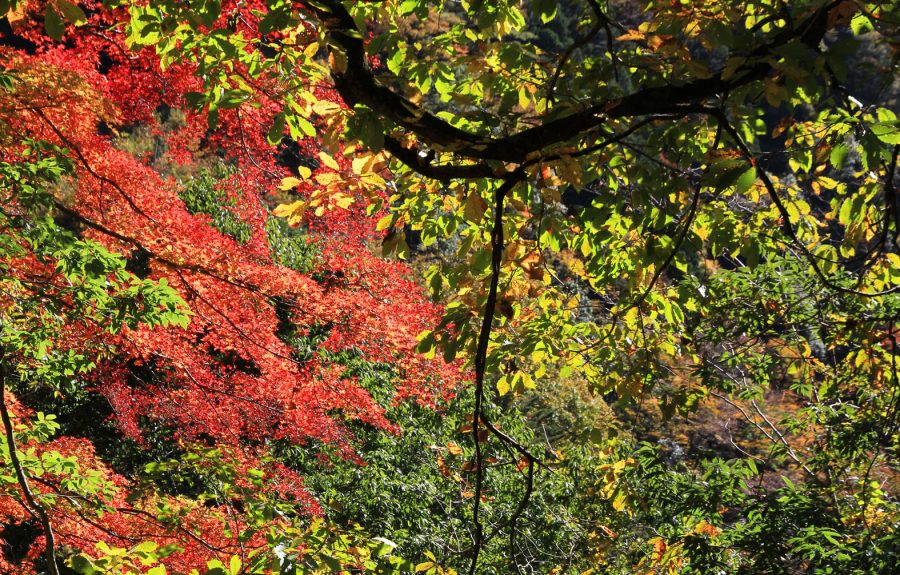
Okutama Tokyo Guide: Exciting Suspension Bridges
The majority of the path leading to the lake is relatively flat and easy to follow. However, there are some uphill climbs as the trail traverses through the mountain. Along one such path, two great walkable suspension bridges greet the adventurous.
The first bridge from the Okutama Station is known as the Shidakura Bridge, it offers highly impressive views of the Tama River Valley. On the other side of the bridge is a small forest grove and two less managed tracks which lead down to the water itself. The sweeping view of Tama River and gorge from both sides are well worth the detour. The Dodokoro Bridge – the next suspension bridge – also has a good view, however there is not much to see on the other side. Please note that for safety reasons, both bridges have a limit to the number of people that can be on them at any one time.
Further along the track, the landscape transforms into small farmland. Here, people eking out a living, sell local produce to hikers that pass by.
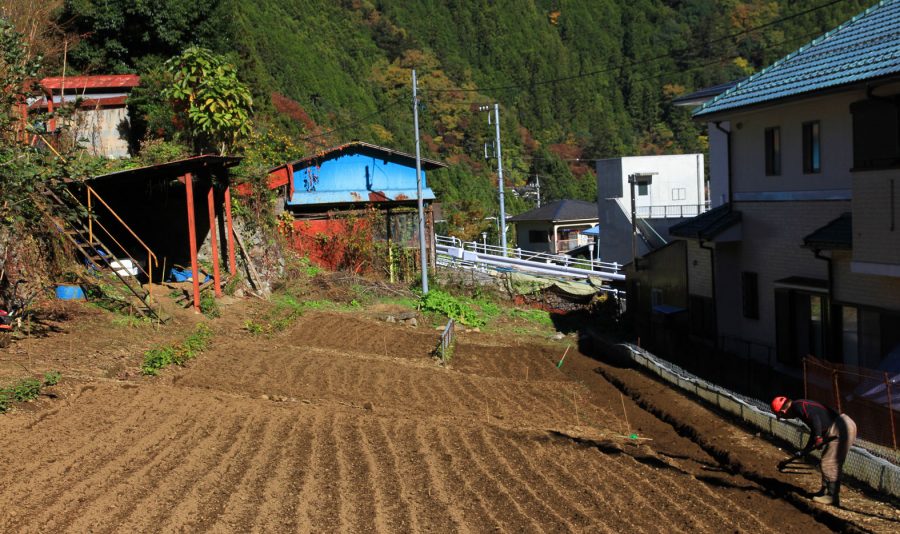
Past the farmland and rest area, lovely views of the Lake Okutama dam begin to emerge. The images of the lake with autumn trees in the foreground, adds to the calmness of this final descent.
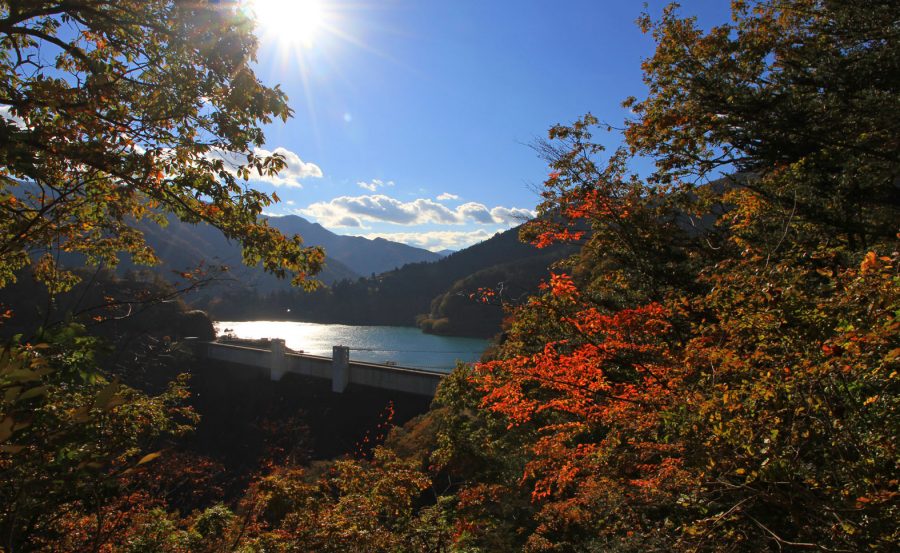
Okutama Tokyo Guide: Okutama Lake
A large bus terminal area greets you, before the magnificent Okutama Lake itself. Okutama Lake boasts wonderful scenery. Also, the area near the lake has many facilities for the tired walker, including a wonderful museum and a small café.
With various park benches and tables, many hikers use this space as a ‘reward’ after their long walk. The museum located at the rest area is well worth a visit. It outlines the history of the dam and has photographs highlighting sites along the Okutama Mizu trail.
I highly recommend checking the bus schedule in advance for convenience while traveling to the area. Limited bus services to the lake from JR Okutama station are available.
The Mt. Mitake / Hinode Trail – destination Tsuru Tsuru Onsen
Mount Mitake (929 m) is one of the most famous mountains in Okutama. Located in Chichibu Tama Kai National Park, it is accessible from Mitake JR station. A 50-minute bus ride from Lake Okutama will also take you there.
Mitake township is split into two sections. The lower section is residential, while the upper section marks the start of the Mount Mitake walking track. Most walkers use a lovely old railway cable car to access the upper, historical district. The Mitake Tozan line built the small cable railway in 1927 and still runs it today. Starting from Takimoto Street, it runs up to Mitake Shrine – an 831-meter elevation – and takes only 6 minutes. In fact, it is the steepest cable car ascents in Japan.
The upper part of Mitake is dotted with beautiful temple rest houses. Also, to serve hikers and pilgrims, there are many coffee shops and restaurants along the way, selling traditional Japanese food.
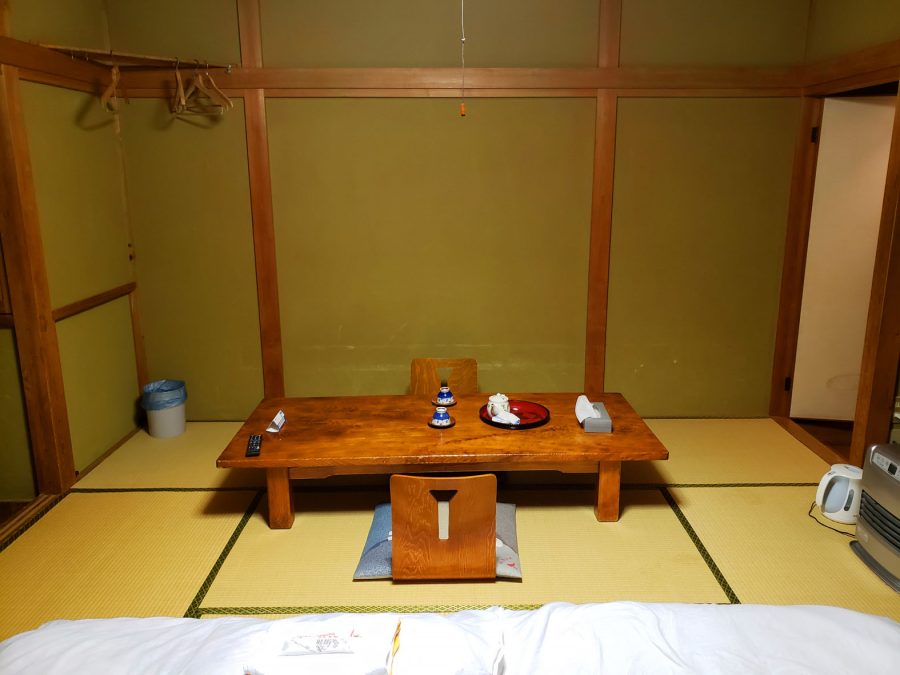
The rest houses, or “Shukubo lodgings” were once the sole domain of worshipers, but are now open to all. One such lodging is Komadori-Sanso which offers a breathtaking landscape to wake up to! Despite the beautiful mountain and forest views and cozy facilities, it is very reasonable.
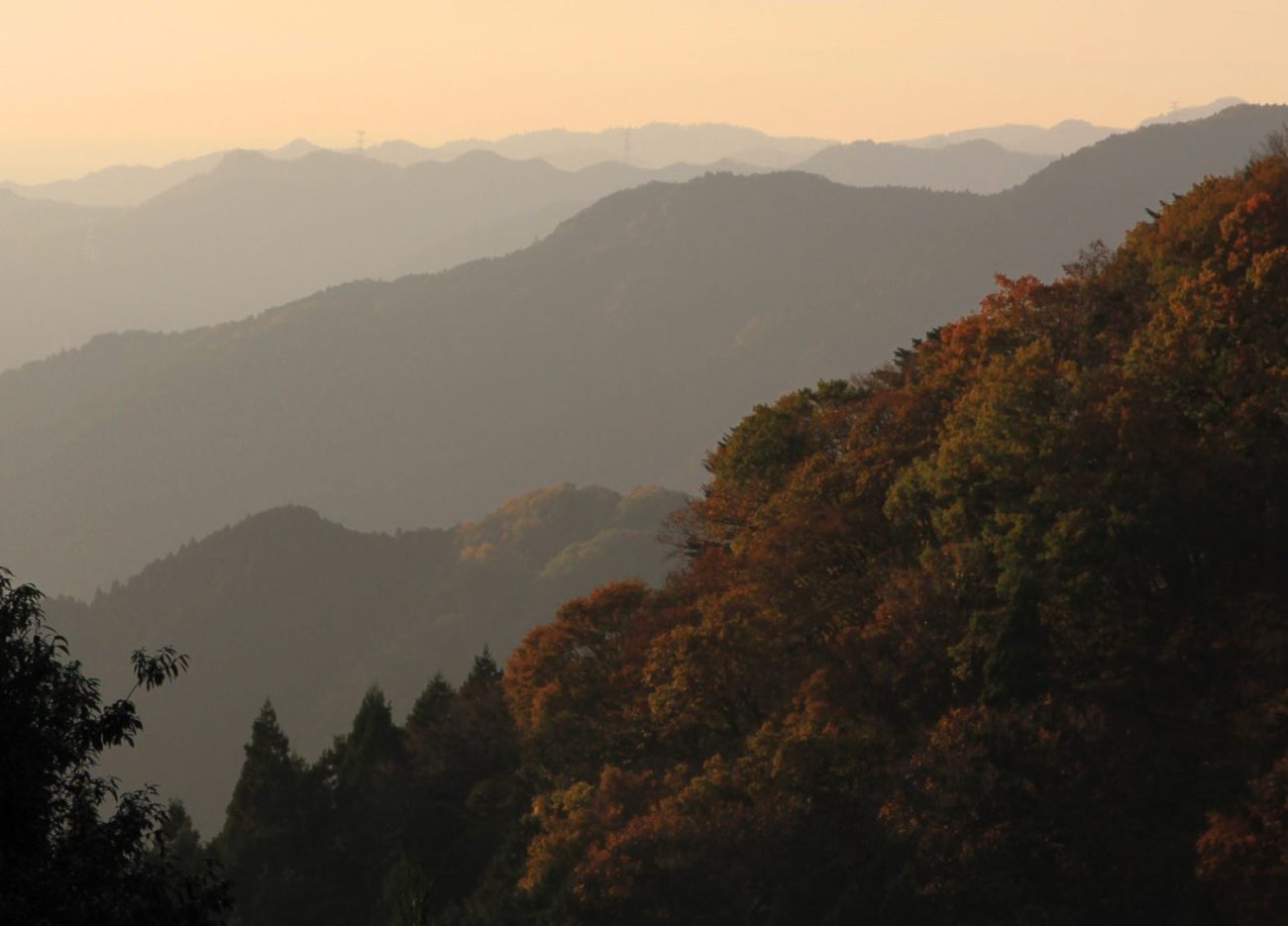
Okutama Tokyo Guide: Musashi Mitake Shrine
The first stop on the Mitake Trail is the Musashi Mitake Shrine. This shrine was first dedicated to wolves but has since expanded its dedication to include dogs. Many dogs and their owners wander casually around the beautiful shrine area. Surrounded by natural forest, this brightly red-colored structure is highly decorative, with numerous mini shrines and walkways. Additionally, it’s clearly visible from the various mountain lookouts, making it a good landmark in case you get lost.
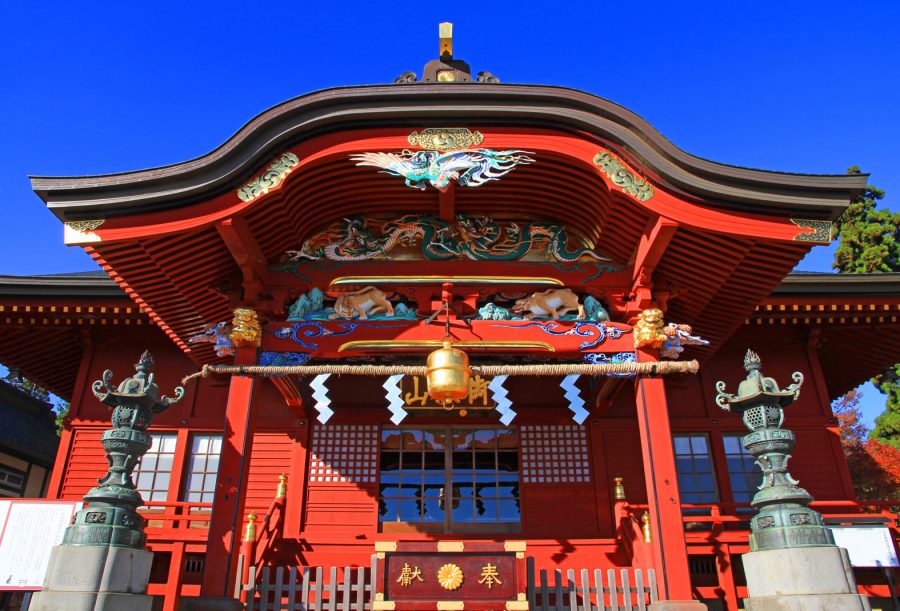
Musashi Mitake Shrine, prior to it becoming an official Shinto shrine, was dedicated to animalism and the mountain spirits. In addition, claims linked to Emperor Sujin make it one of the oldest. The honden hall is newer than the rest of the complex. In fact, it dates back to the Kamakura Period. Of course, a redesign in 1877 gave it its current look. With its natural brilliance and well-maintained structures, the shrine is a photographers dream – and a dog’s heaven!
Okutama Tokyo Guide: Waterfalls and Natural Scenery along Mount Mitake and Mount Hinode
The shrine is the “starting point” of numerous hiking trails to Mount Mitake and onto Mount Hinode. Stone stairs begin from the shrine and lead down past the torii gates. From there, there are many pathways. However, the main path naturally bends to the right and continues into the forest, towards Nanayo waterfalls. This path is the best one to follow to get a true sense of the area.
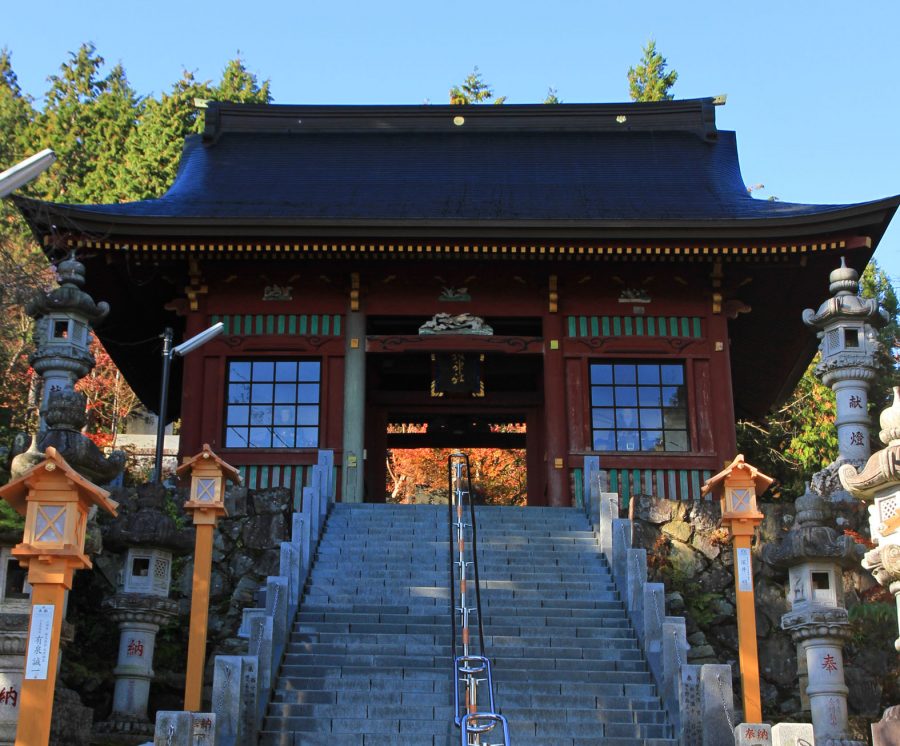
The walk to Mount Hinode is a pleasant one. Mount Hinode’s altitude is 902 meters and the track contains a lovely variety of natural forest and rock formations. However the final climb up to the peak is steep, so be warned as it does take a little bit of effort to traverse. The path is also narrow and rocky, so make sure you are careful. It takes about an hour or more to climb. During the climb, there are views of Mount Mitake, as well as the cedars woods that form the lower portions of the forest.
Once you finish the climb, a pathway leads you to the observatory, where an open space offers great landscape views of the mountains, the city, and three prefectures. From the summit, the track continues down the Takimoto-one trail. The trail is one of the most natural parts of the route. However, be careful in the rain, as the trail can be very slippery.
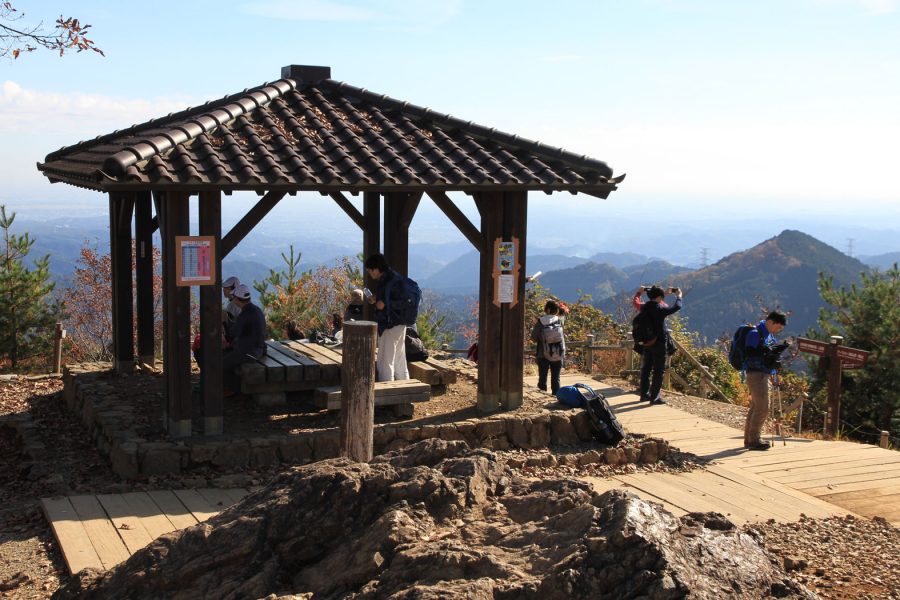
The descent takes you through some thicker forest and winding roads, ending at the riverbed and Fudoson temple. While not so famous, and a little run down, the Fudoson temple has two wonderful drawcards. The first is the rich green moss that surrounds the old wooden structures – and the second is the three friendly guardian cats who watch over the temple grounds. The cats are very approachable and photogenic.
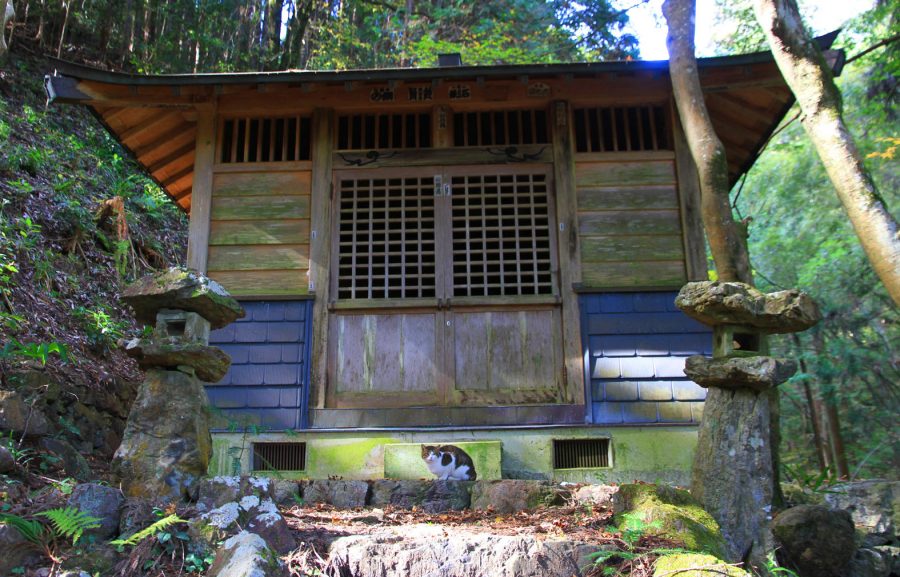
Okutama Tokyo Guide: Tsuru-Tsuru Onsen
The mountain trail ends after the temple and merges into a fully paved road leading to a final destination – the Hinode Mitsuzawa Tsuru-tsuru Onsen. This natural hot spring spot and restaurant is a reward for many a tired walker. The alkaline onsen water, produced from the mountains, is clean and silky. In fact, “tsuru-tsuru” means “smooth” in English. The on-site restaurant serves a variety of meals. I especially recommend the excellent Akigawa beef. Also, there is plenty of beer to sample – including Tama’s own Tama Meguri. For convenience, Hinode Mitsuzawa Tsuru-tsuru connects to numerous buses linking it to local JR stations.
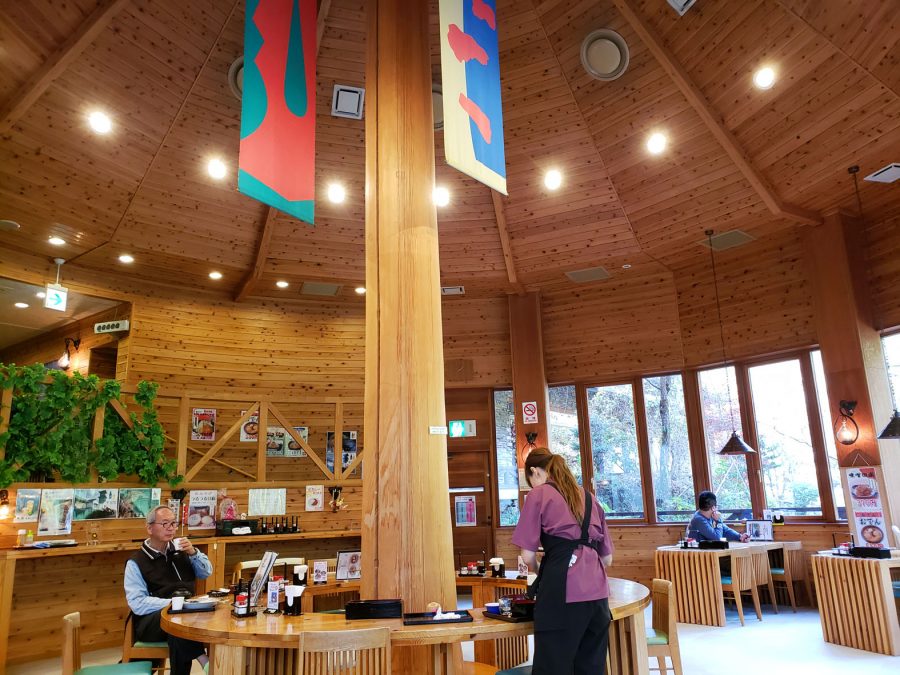
Okutama Tokyo Guide: Soba Making
Yamano Furusato Village, located near the Okutama Dam offers a variety of activities, including the making of soba (buckwheat noodles). Soba making is a fun experience, and the village offers guests the chance to make it from scratch. Starting with the basic ingredients of dough, a teacher takes you through the process. With simple tools, we ground the flour, formed the shape, and cut the extra thin soba strips. While the teachers make it look easy, the process is not so simple. To be honest, the teacher’s flourless technique hides their skill. Of course, you get to sample what you have made in a lovely setting.
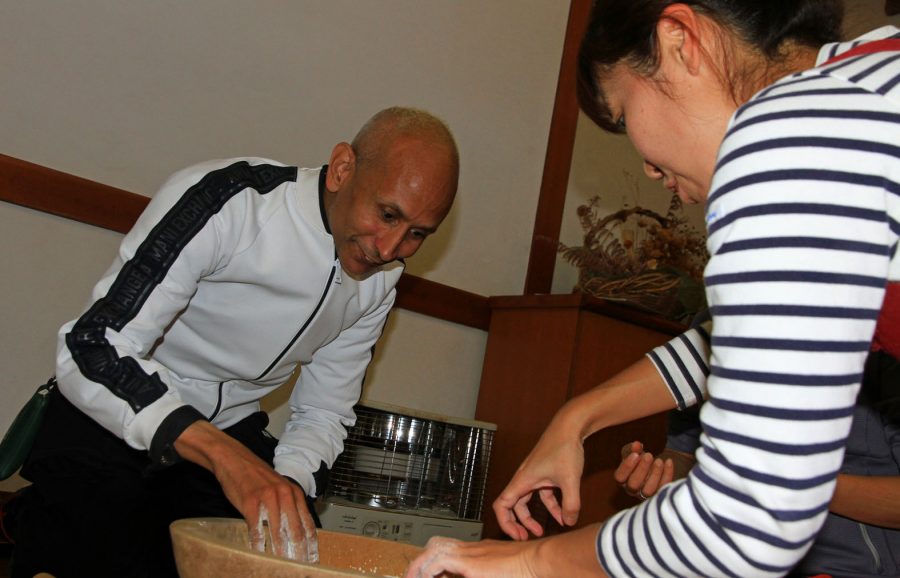
Okutama Tokyo Guide: Rokuya Great Buddha
The Rokuya Daibutsu, located in Hinode-machi, is a recent addition to the Okutama area. ‘Sitting’ 3-meters tall in the lotus position, this bronze statue (built in April 2018 and costing over 400 million yen), is approximately a meter taller than its more famous and historic Kamakura cousin. The statue is linked to the Houkouji temple and was designed to welcome visitors and worshipers to the area. Named after the hill the statue was built on, the peaceful atmosphere of the area is inspiring. During the autumn season, the koyo is wonderful.
So there you have it. Nishitama area, with its many natural sites and activities, is an untapped wildness waiting to be explored. Link by train and bus, the area is easily accessible. However, if you prefer an organized tour, similar to the one outlined here, I recommend using locally-based travel company Satoyama@Tokyo. They specialize in creating unique Japanese experiences within the area. Nishitama is a great place to discover another ‘side’ of Tokyo – one you won’t regret.
WATTENTION NINJA WRITER PROFILE

Mark Williams was born in England and graduated with a Masters Degree in International Relations. After teaching at Adelaide University in Australia, he recently moved to Tokyo to teach. Despite struggling with the language, Mark has developed a strong passion for Japan, its traditions and sports. He loves music, nature and photography, and enjoys travelling – especially in Tohoku. When he is not working or perusing his hobbies, Mark can be found in a local bar or coffee shop soaking up the atmosphere!
 0
0

